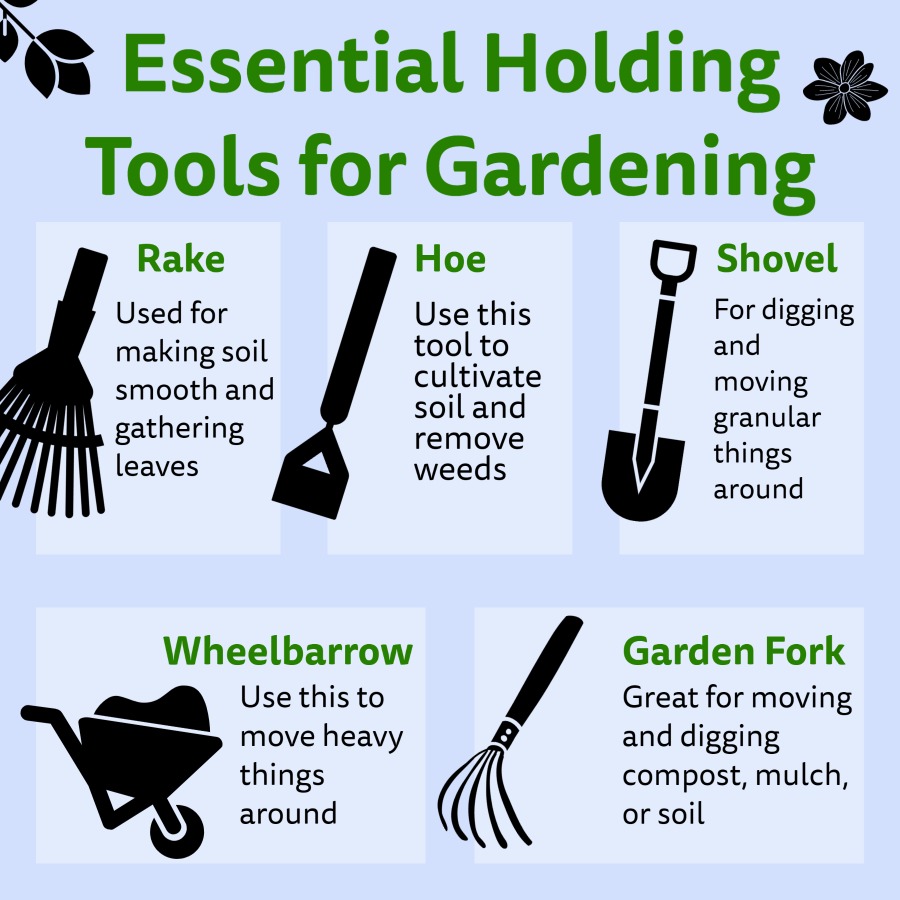Container gardening is a fantastic way to bring the joys of gardening to small spaces, balconies, patios, or even inside homes. With the right tools and techniques, anyone can start a successful garden, regardless of space constraints. Knowing what essential tools are needed for container gardening can simplify the process, making it enjoyable and productive.
Container gardening is exactly what it sounds like – growing plants in containers instead of planting them directly in the ground. From small pots to larger raised beds or planters, container gardening is especially popular among urban gardeners and those with limited yard space. This gardening style allows individuals to nurture a wide variety of plants in confined areas, creating mini gardens that can transform even the smallest balcony into a green oasis.
What Is Container Gardening?
Container gardening is the practice of growing plants in various types of containers, such as pots, boxes, barrels, and more. It’s perfect for gardeners who may not have access to a traditional garden or those who prefer the flexibility of mobile plants. This type of gardening is also ideal for people living in apartments or urban areas, where outdoor space may be limited.
Some common types of container gardening setups include:
- Small balcony pots for individual herbs or flowers.
- Window boxes that hold multiple plants for aesthetic appeal.
- Vertical planters that maximize space by growing plants upward.
- Raised garden beds for slightly larger setups on patios or decks.
Benefits of Container Gardening
Container gardening offers a range of benefits that make it accessible and appealing for all kinds of gardeners, whether beginners or seasoned experts:
- Flexibility: Containers can be moved to optimize sunlight, adjust for weather conditions, or bring plants indoors when necessary. This mobility is particularly helpful for protecting delicate plants during harsh weather.
- Soil Control: Unlike traditional gardening, where soil quality may vary, container gardening allows complete control over the soil type and quality. This means you can choose nutrient-rich soil mixes suited to specific plants and easily manage pH and nutrients.
- Ideal for Small Spaces: For city dwellers, container gardening transforms balconies, terraces, or windowsills into lush mini-gardens, making the most of limited space.
- Variety of Plants: From herbs and vegetables to flowering plants, many varieties thrive in containers. This variety makes it possible to create a diverse garden with multiple species in even the smallest areas.
Container gardening is also excellent for beginner gardeners, offering a manageable way to learn about plant care, watering schedules, and soil management without the commitment required by a large garden.
Key Challenges in Container Gardening
Although container gardening is straightforward, it does come with a few unique challenges. These challenges often stem from the constraints of the container itself, which is why choosing the right tools is so essential:
- Limited Soil Volume: Containers have limited space for soil, which can restrict root growth and make it necessary to water and fertilize more frequently than in-ground plants.
- Increased Watering Needs: Because they’re more exposed to air and often in smaller amounts of soil, container plants tend to dry out faster. They require consistent watering to stay healthy, especially in hot weather.
- Nutrient Management: Container plants can quickly use up the nutrients in their limited soil volume. Therefore, regular fertilization is essential, which requires accurate measurement tools to avoid over-fertilization.
The right tools can make a big difference, helping gardeners manage these challenges and achieve a thriving container garden.


